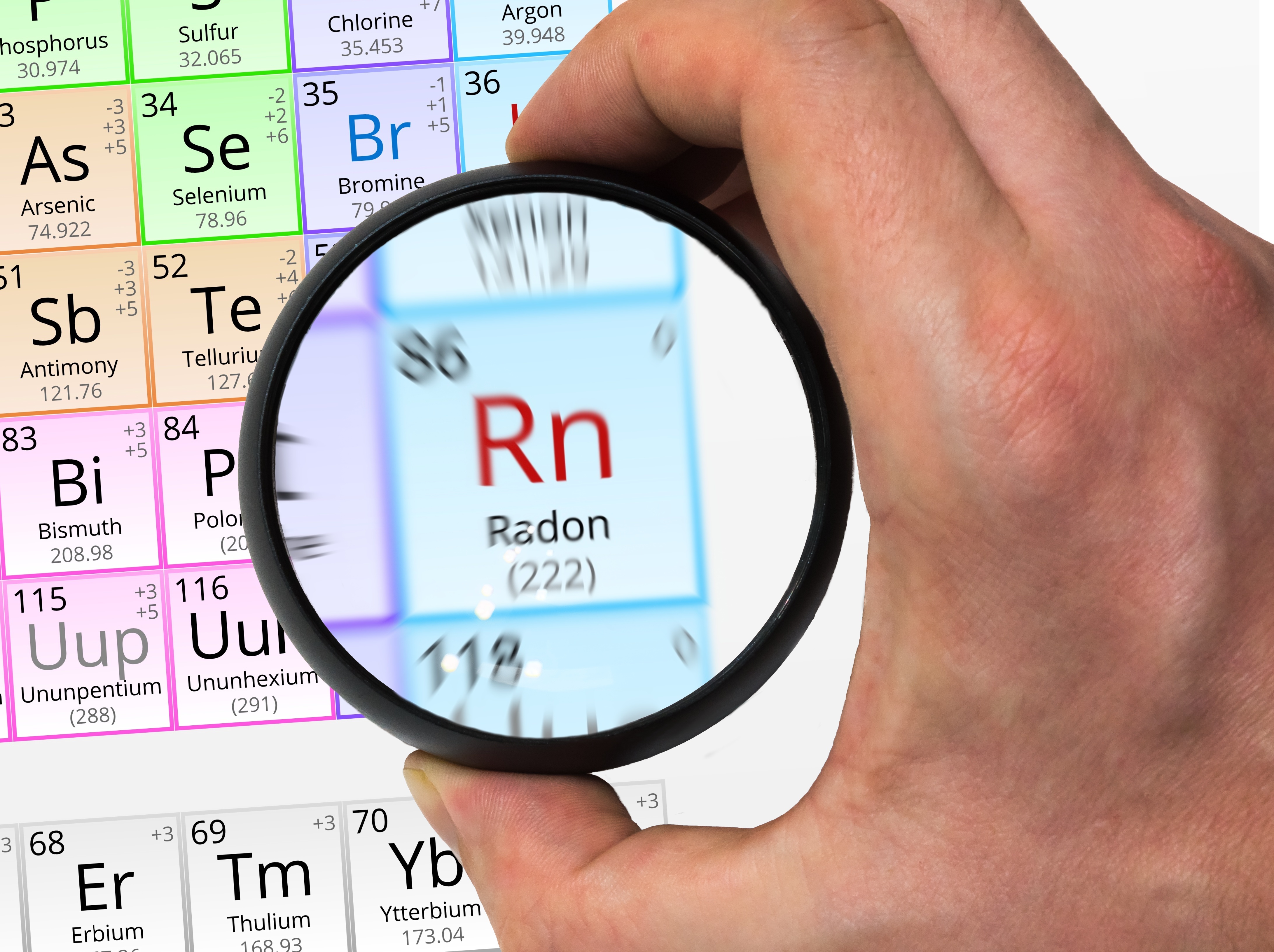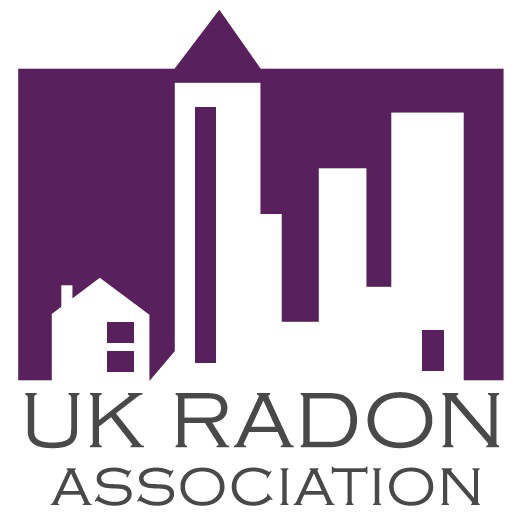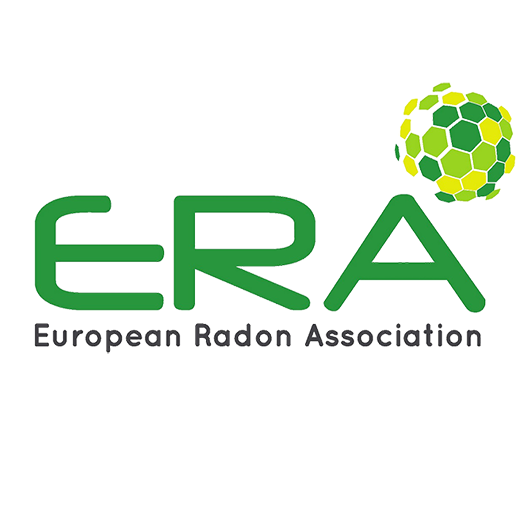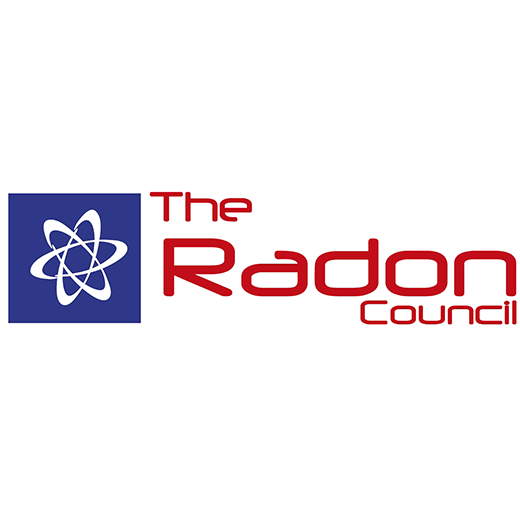Introduction to radon measurements
What is radon ?
Radon is a form of the radioactive element radium and is a part of the Uranium238 decomposition chain. Radon, which is a ‘noble’ gas, further decomposes into a mix of other radioactive particles called ‘radon daughters’. Both radon gas and radon daughters are caught in dust particles in the air and can thereby be inhaled by humans and animals. When radon gas and radon daughters decompose, the cells in our lungs are exposed to damaging ionising radiation.
More information here.
Can we smell or see radon ?
No, you cannot detect radon by sight, taste or smell. Therefore, it is impossible to know if there is too much radon in a house without measuring the amount of radon in the indoor air.
How dangerous is radon ?
World Health Organization, WHO, states it is proved that radon can cause cancer. Radon is for example the most important cause of lung cancer after smoking and is estimated to cause between 3% and 14% of all lung cancers, depending on the average radon level in the country. The National Cancer Institute in the United Kingdom states for example that radon is responsible for 10% of lung cancer cases diagnosed each year in the UK.
According to the Swedish Radiation Protection Institute radon gas forms the greatest radiation health threat, far out weighing the effects of the Chernobyl accident.
More information here.
To measure Radon, how does that work ?
Radonova use the alpha track method, whereby film elements are put into pods made of anti-static plastic. Radon, combined with normal air, diffuses into the pod where it may decompose releasing high energy alpha particles. The energy of the alpha particles make microscopic tracks on the film which can then be counted. The alpha-track detectors are contained in airtight bags, the measurement starts when the bag is opened and when the measuring period has elapsed the detectors should be put back and sealed into the original bags then immediately returned to Radonova. The analysis made at Radonova is performed using a state-of-the-art image scanner
More information here.
How do I measure radon ?
To comply with Public Health England’s regulations, radon detectors from an independent, accredited (ISO 17025) laboratory should be used to measure radon. The radon measurement process should last for at least three months. The longer the measurement period, the more accurate the results. Measurement is the only way to detect radon. Levels often vary greatly day by day and season by season. Variations depend on such variables as temperature and wind conditions, ventilation systems, and how often you change the air. Consequently, long-term measurement periods of at least two months are required in order to estimate the annual average value.
If you need to conduct a quick radon measurement for an approximate value, such as when selling your home, you can perform a short-term measurement. This will measure radon levels for a shorter period of time. Measurements using a radon detector must last for a minimum of seven days. Short-term measurement is only advisory and cannot be used for any official decision.
What is the radon reference level ?
In the UK, the reference level is 300 Bq/m³. The legislation (UK Ionising Radiations Regulations 2017), requires employers to act if radon levels exceed the workplace threshold. Your radon measurement report will indicate whether you are above the 300 Bq/m³ threshold and need advice from our experienced Radiation Protection Adviser (RPA) as to remedial steps to be taken to reduce the radon level.
How do I protect myself from high radon levels?
A good first measure in protecting yourself against radon is to measure the presence of radon in your home and workplace. In this way, you can identify if you are in an environment with high levels of radon. If it transpires that you are in an environment with excessive radon levels, it is important to lower them. In the United Kingdom, the target value for radon in the indoor air is no more than 100 Bq/m3.
If radon levels in your home or workplace are too high, you should enlist a radon consultant to identify the source of the radon. You can then take action to reduce the level of radon. It is important to use a company that specialises in lowering radon levels and has staff with documented expertise.





